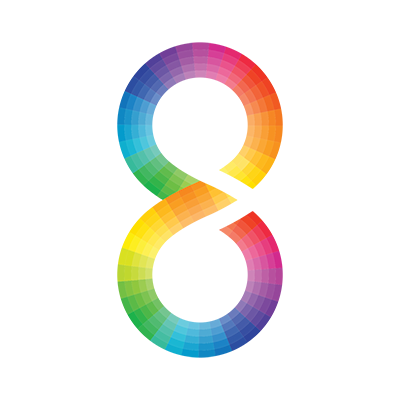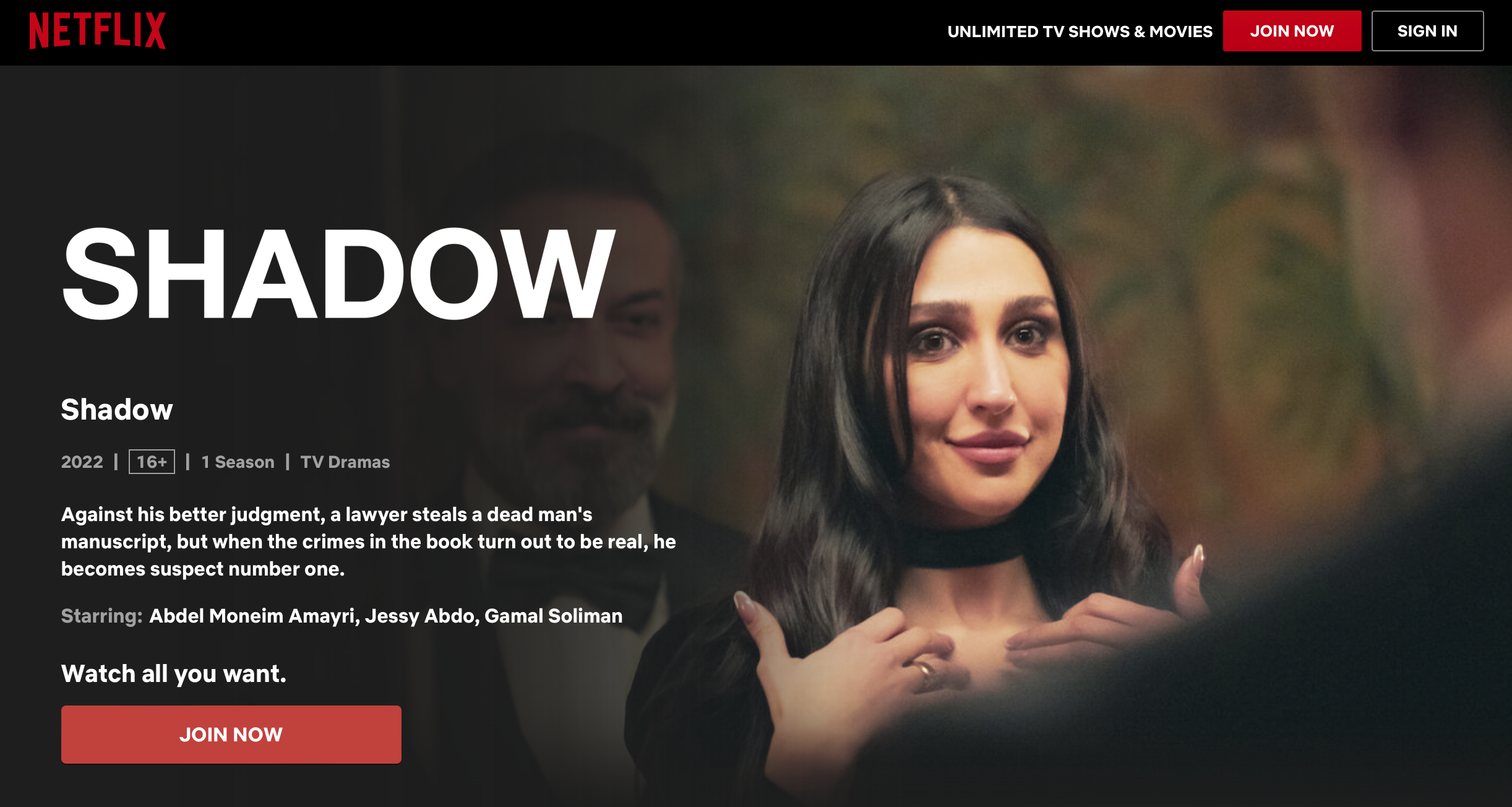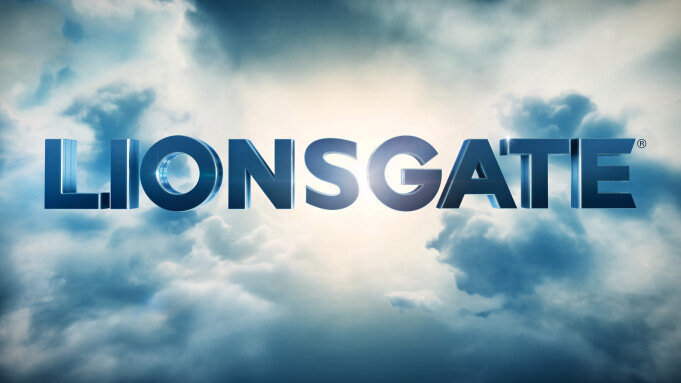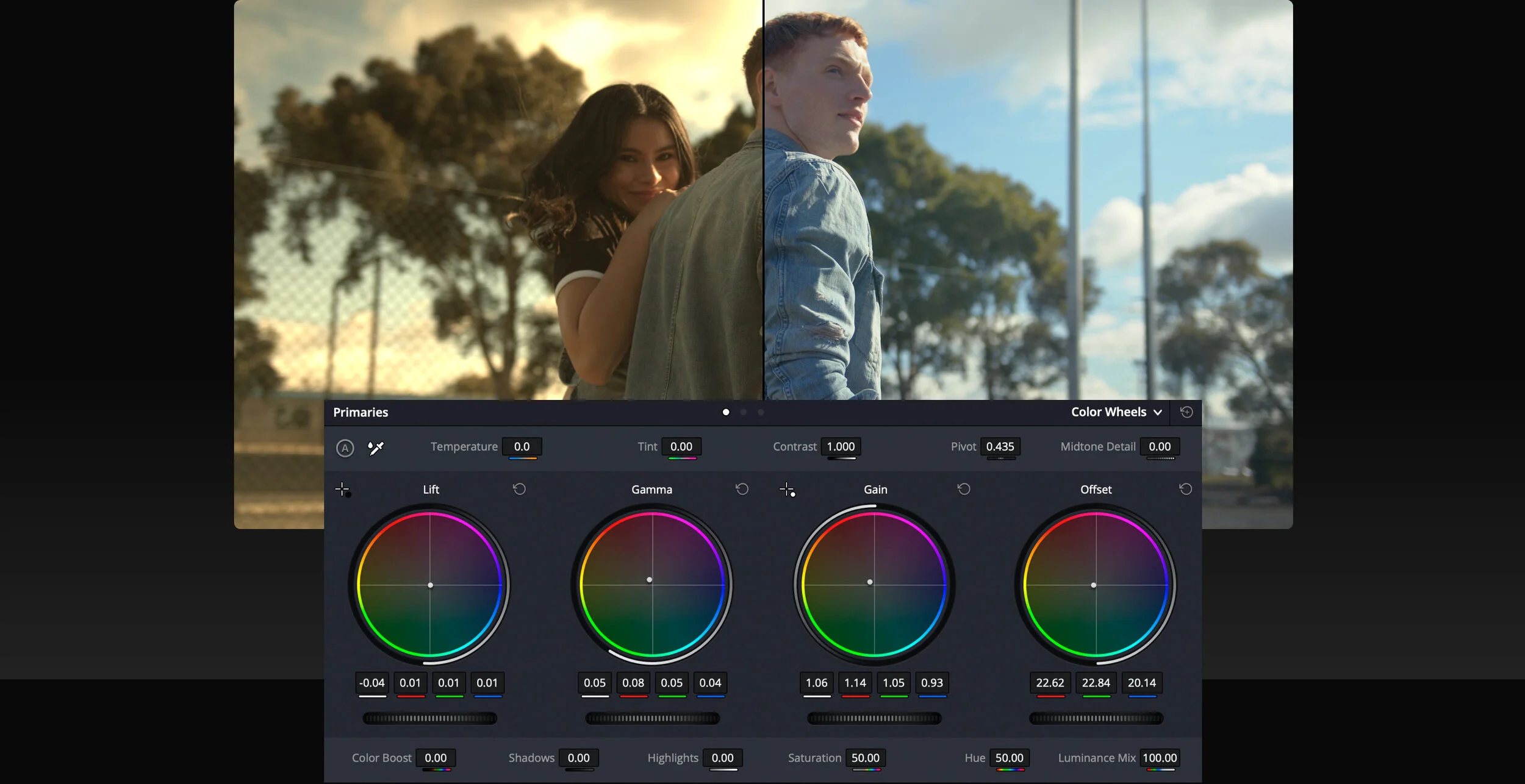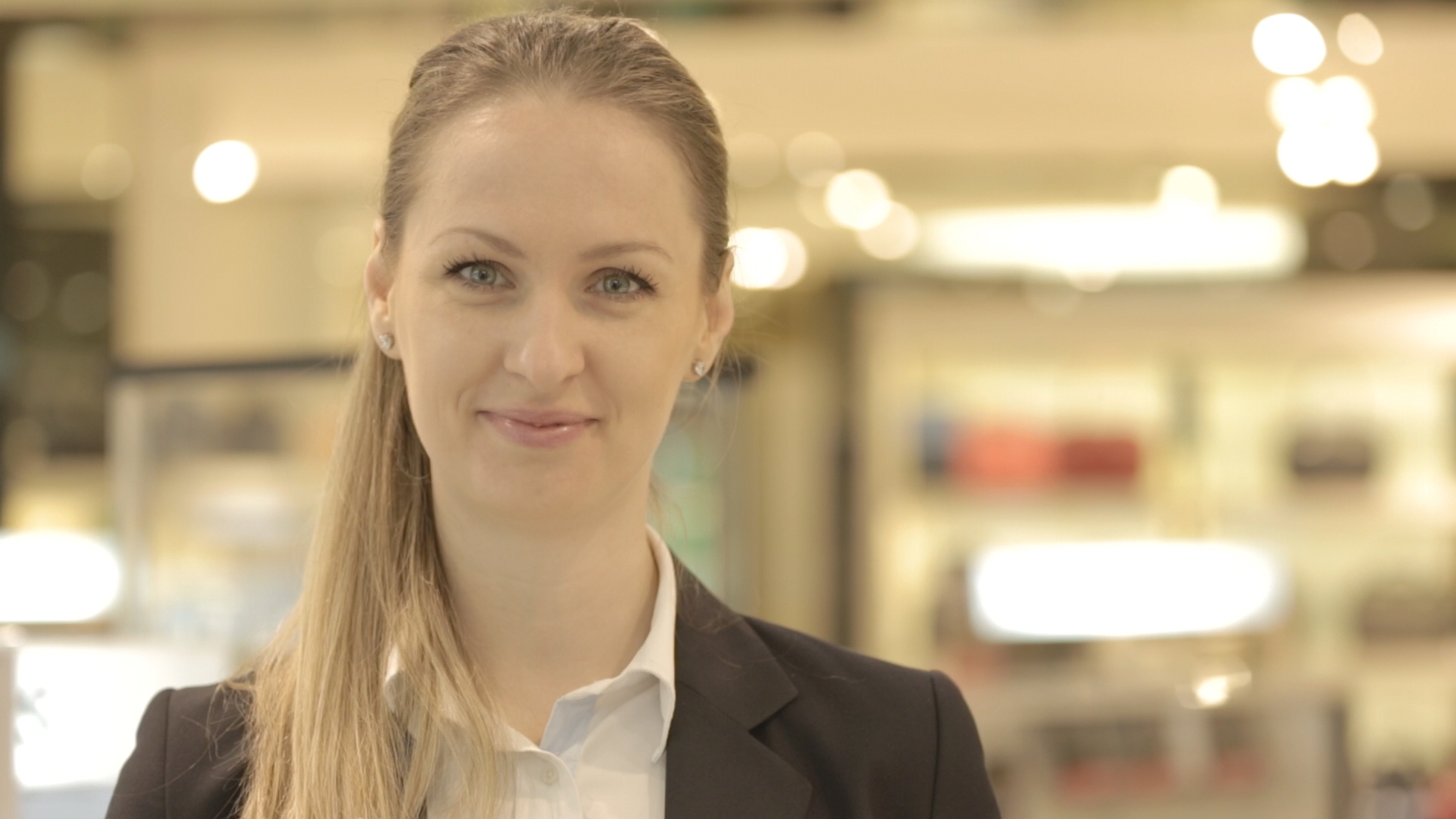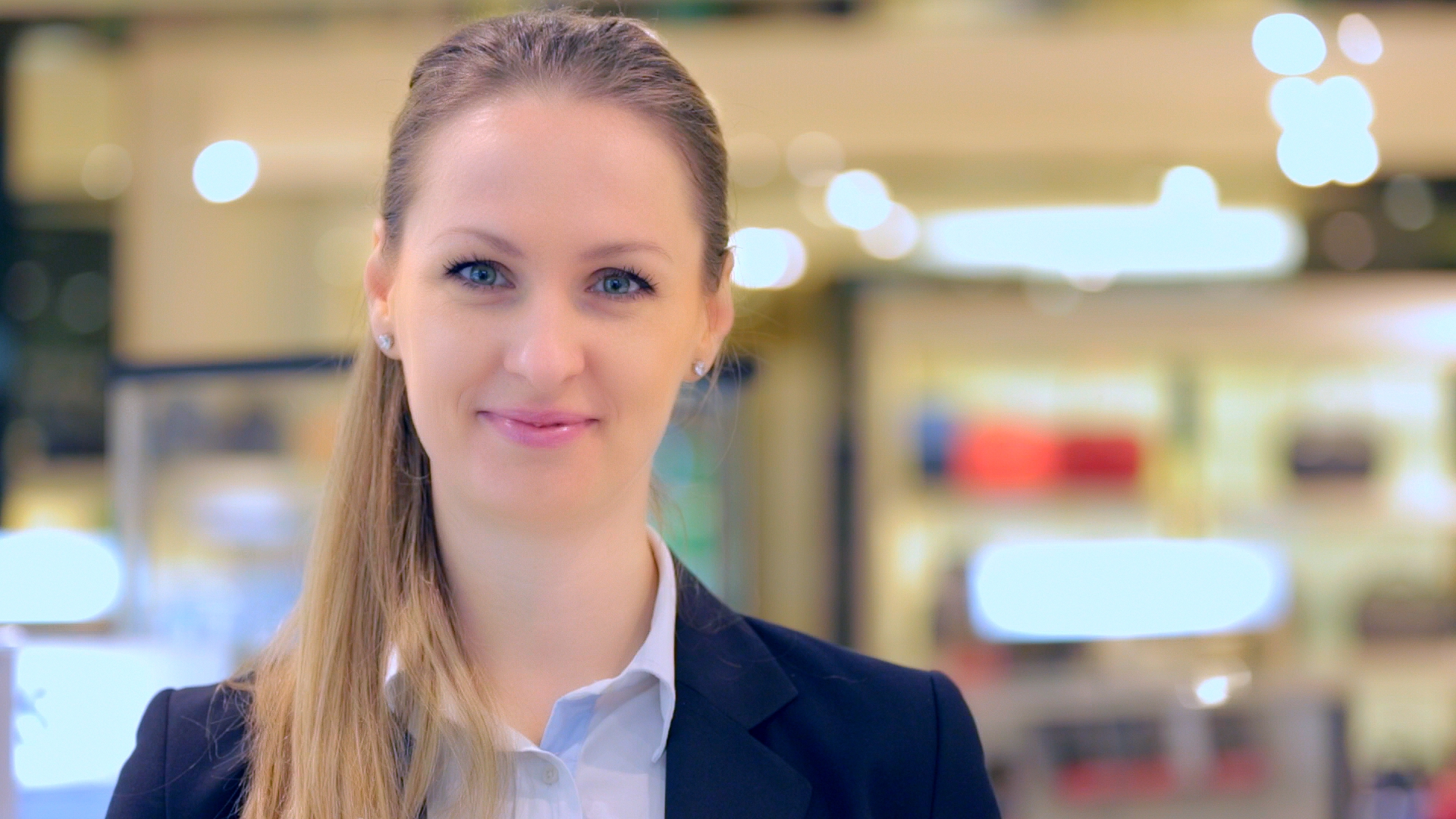Strong oxygen Oxygentec ProPanel MK II officially certified toner Taiwan
A control surface is an essential piece of gear for professional color correction.
The new OxyenTec ProPanel's relatively straightforward interface accompanies the most critical elements for a control surface: the triple rings and dials for controlling shadows, midtones, and highlights.
t just around $800, OxygenTec's board is most likely a less expensive distinct option for the JL Cooper Eclipse, the Avid Artist Color, the Tangent Element and even the more established Tangent Wave model.
The DaVinci control surface maps a considerable lot of Resolve's capacities to devoted catches and handles, making reviewing a breeze. Be that as it may, its weighty sticker is out of scope for some. Fortunately, outsider surfaces from Tangent, JL Cooper,Avid and newcomer OxygenTec outfit a significant part of the DaVinci board at a small amount of the expense. With less catches and dials, you'll be looking through menus to discover the parameter to change, a long way from a major issue to numerous.
The ProPanel is accessible now and incorporates locally with DaVinci Resolve, joining by means of USB. Beside the primary dials and trackballs, a few catches line the highest point of the control surface. From left to right, you have charges for
- Undo
- Redo
- Grab Still
- Play Still
- Previous Node
- Next Node
- Start Dynamic
- Mark for Keyframing
- Base Memory (resets just the node you’re on)
No matter which model you choose, a control surface is an essential aspect of getting any job graded and delivered on time.
